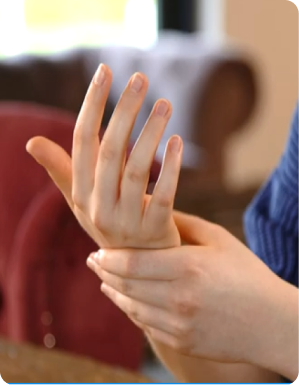
Tingling in the hands: Carpal tunnel syndrome?
Tingling in the hands, especially at night, numb fingertips or fingers and hands that fall asleep: when the typical symptoms of incipient carpal tunnel syndrome (CTS) appear, those affected should ...
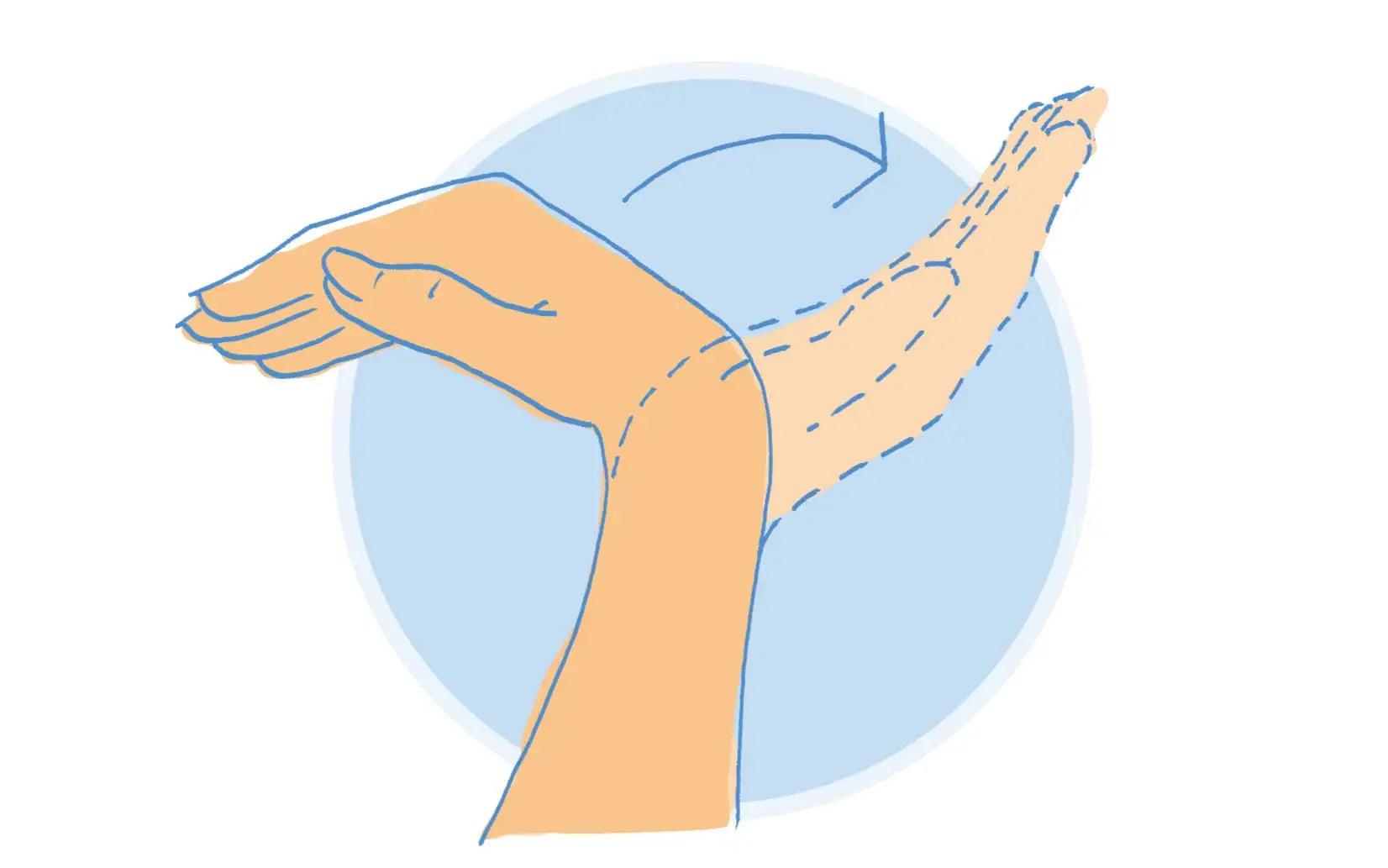
Carpal tunnel syndrome and pregnancy. 5 tips.
During pregnancy, swelling and water retention can increase the pressure on the carpal tunnel, compressing the nerve. These 5 tips can help you to relieve pain and numbness. You can listen to this...

Carpal tunnel syndrome: manual therapy instead of surgery
Until now, surgery was the only option for those suffering from carpal tunnel syndrome. Now a study published in the renowned Deutsches Ärzteblatt has come to the conclusion that manual therap...
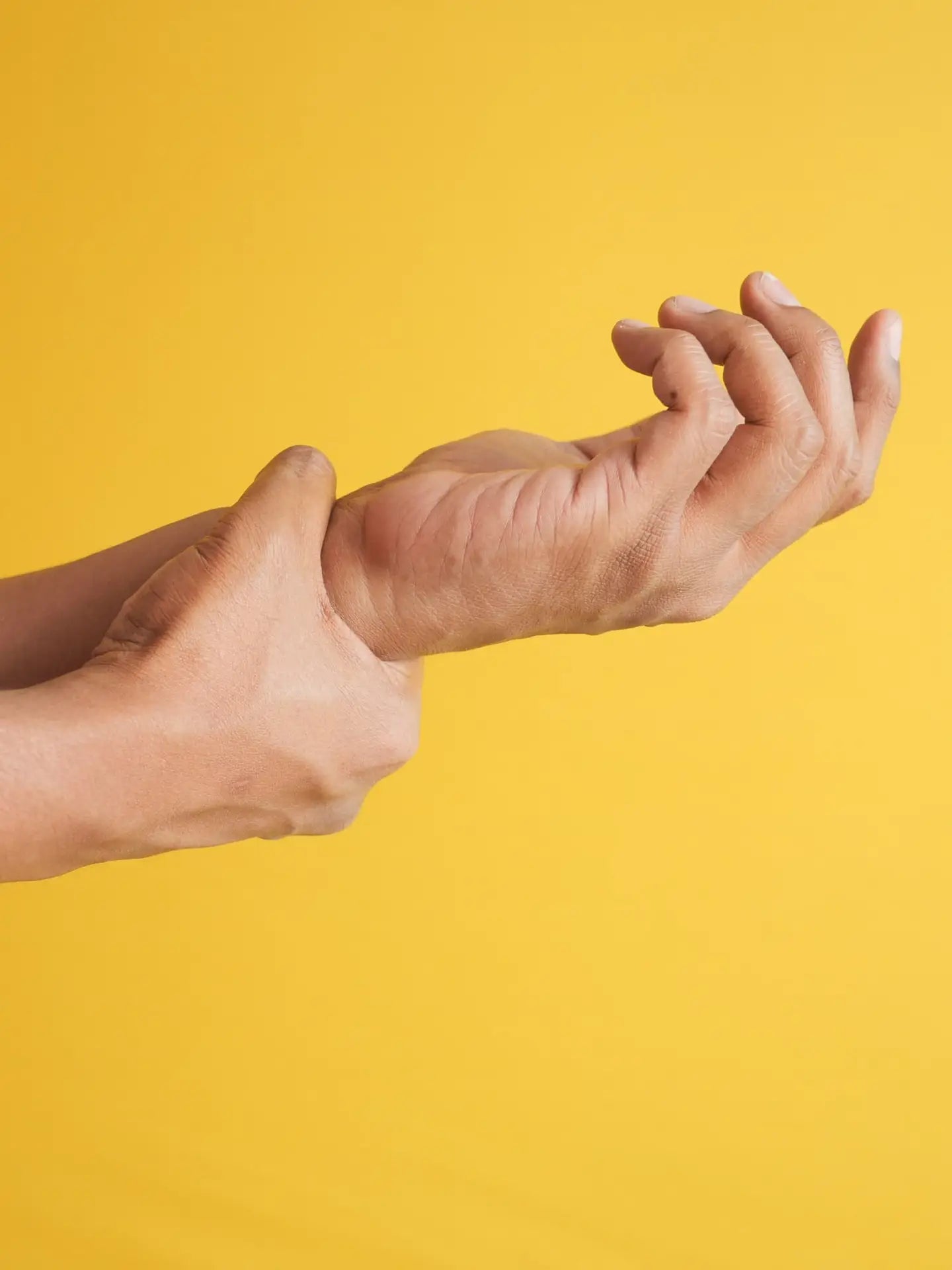
Carpal tunnel syndrome measures - what to do with KTS?
Carpal tunnel syndrome measures - almost one in ten Germans between the ages of 40 and 70 suffers from carpal tunnel syndrome, and women are affected around five times more often than men. And most...
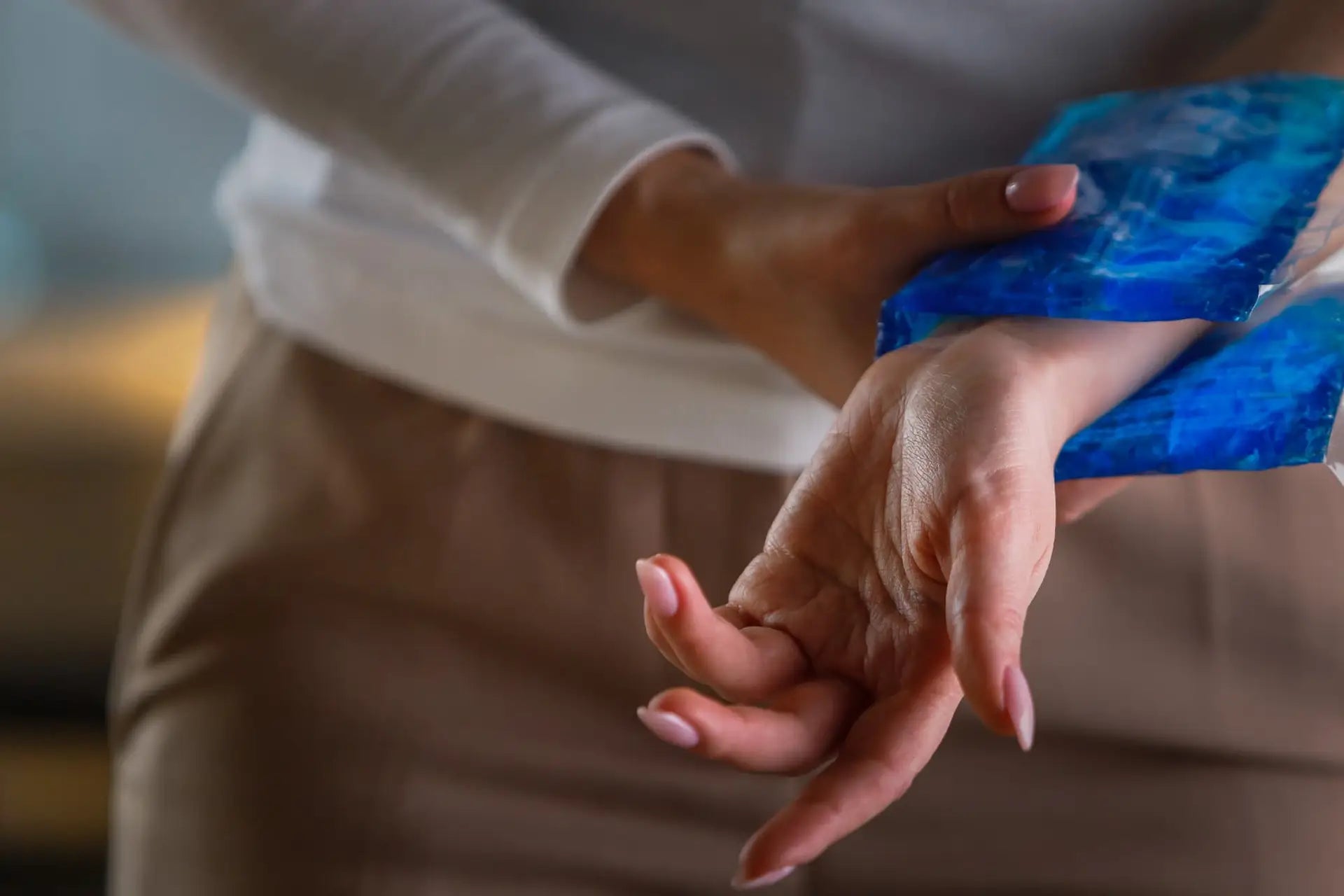
Carpal tunnel syndrome - tingling in the fingertips?
Instead of relaxing in a restful sleep, many people are kept awake at night by pain in their hands. The symptoms of carpal tunnel syndrome range from tingling in the fingertips and numbness to numb...
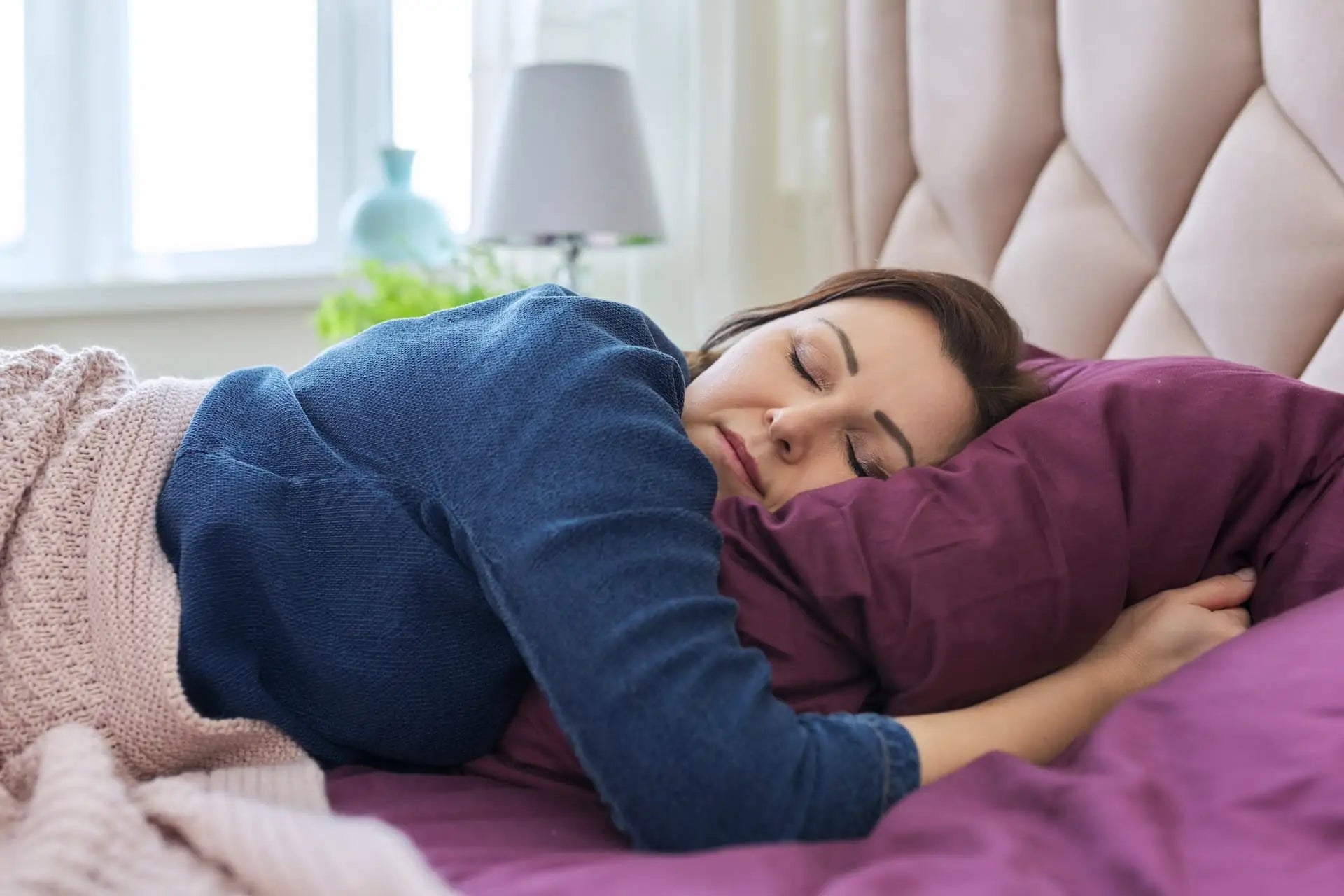
Do your hands fall asleep at night? New therapeutic approaches
Do you know this? Do your fingers tingle and your hands fall asleep at night? Sometimes your hands even fall asleep while holding your cell phone, riding a bike or reading. If your hands fall aslee...

Treatment of carpal tunnel syndrome - a comprehensive view
Carpal tunnel syndrome treatment - carpal tunnel syndrome is a condition that affects millions of people worldwide. It is often associated with pain, numbness and tingling in the hand and fingers. ...
FAQ
Frequently Asked Questions
Are there any studies that have investigated the effectiveness of curpal®?
curpal® is one of the so-called manual therapies. A prospective randomized study has come to the conclusion that manual therapy, which includes the use of curpal®, is just as effective as surgery. The study compared the effects of a surgical procedure with weekly manual therapies. In the study, 50 of the 100 participants underwent surgical treatment. All had pain and sensory disturbances in the area supplied by the median nerve for at least 6 months. According to the study, the patients who received manual treatment even reported less pain after 3 months than those who had undergone surgery. The results of this study are consistent with the feedback from our patients. Click on this link if you would like to see the study, which was published in the Dt. Ärzteblatt.
Does treatment with curpal® have side effects?
Treatment with curpal® has no side effects. If necessary, you can use curpal® in consultation with your doctor. This is especially true for people with osteoporosis.
Does the health insurance company cover the costs for curpal®
Although curpal® has medical approval, it is not yet listed as an aid in the catalog of reimbursable products. This is why the purchase costs of the device are not routinely covered by health insurance. However, we recommend that you always ask your own health insurance provider.
How should you use curpal®?
curpal® should initially be used daily for 6 to 8 weeks, approximately 3 x 3 x 3: you take curpal® three times a day and pump up the device three times with each use, allowing the stretch to take effect for three minutes each time. The symptoms often subside significantly within the first 3-6 weeks, so that treatment can then be reduced. After around 8 weeks, treatment with curpal® is required either preventively or only when pain symptoms return. The effort required to use curpal® is minimal, 3 x 3 minutes per application is sufficient.


